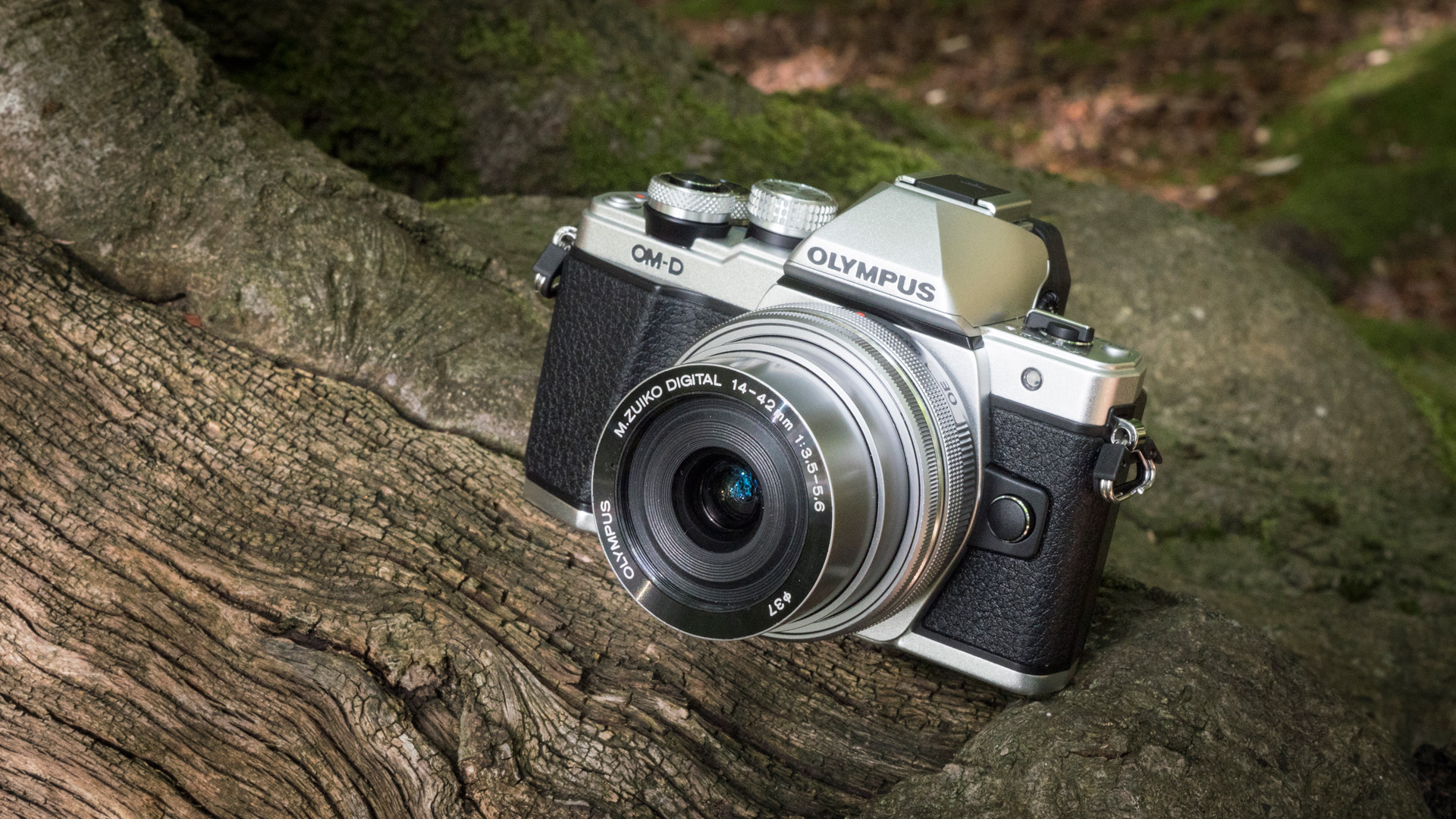Why you can trust TechRadar
We chose three rival cameras for the E-M10 II to see how it measured up in our lab tests: the original E-M10, Fuji X-T10 and Panasonic G7.
We've carried out lab tests on the E-M10 II across its full ISO range for resolution, noise (including signal to noise ratio) and dynamic range. We test the JPEGs shot by the camera, but we also check the performance with raw files. Most enthusiasts and pros prefer to shoot raw, and the results can often be quite different.
Olympus OM-D E-M10 II resolution charts
We test camera resolution using an industry-standard ISO test chart that allows precise visual comparisons. This gives us numerical values for resolution in line widths/picture height, and you can see how the E-M10 II compares with its rivals in the charts below.
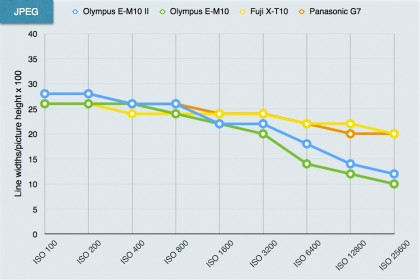
JPEG resolution analysis: This chart shows that the E-M10 II can match other 16Mp compact system cameras for detail resolution at the low to middle sensitivity settings. It also manages to resolve a bit more detail than the original E-M10 at some values.
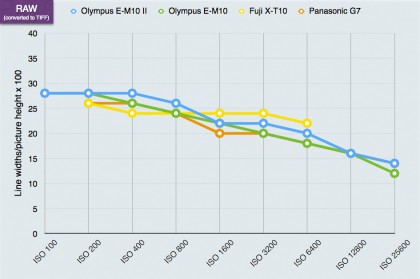
Raw (converted to TIFF) resolution analysis: The E-M10 II competes a little more effectively against the other cameras when shooting raw files.
Sample resolution charts
This is the chart we use for testing camera resolution. The key area is just to the right of centre, where a series of converging lines indicates the point at which the camera can no longer resolve them individually. We shoot this chart at all of the camera's ISO settings, and here are two samples at ISO 200 and ISO 6400.
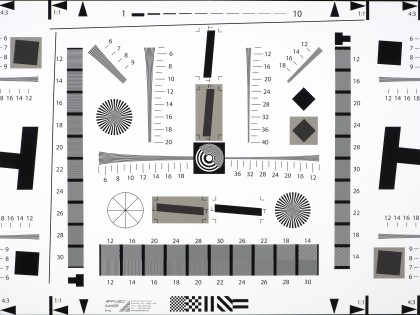
ISO 200 (JPEG): Click here for a full-size version.
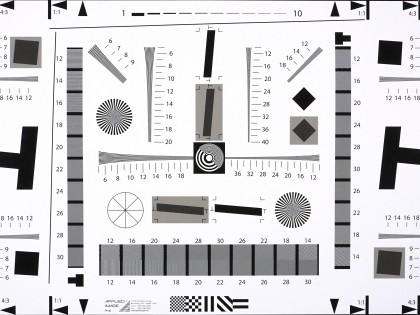
ISO 6400 (JPEG): Click here for a full-size version.
